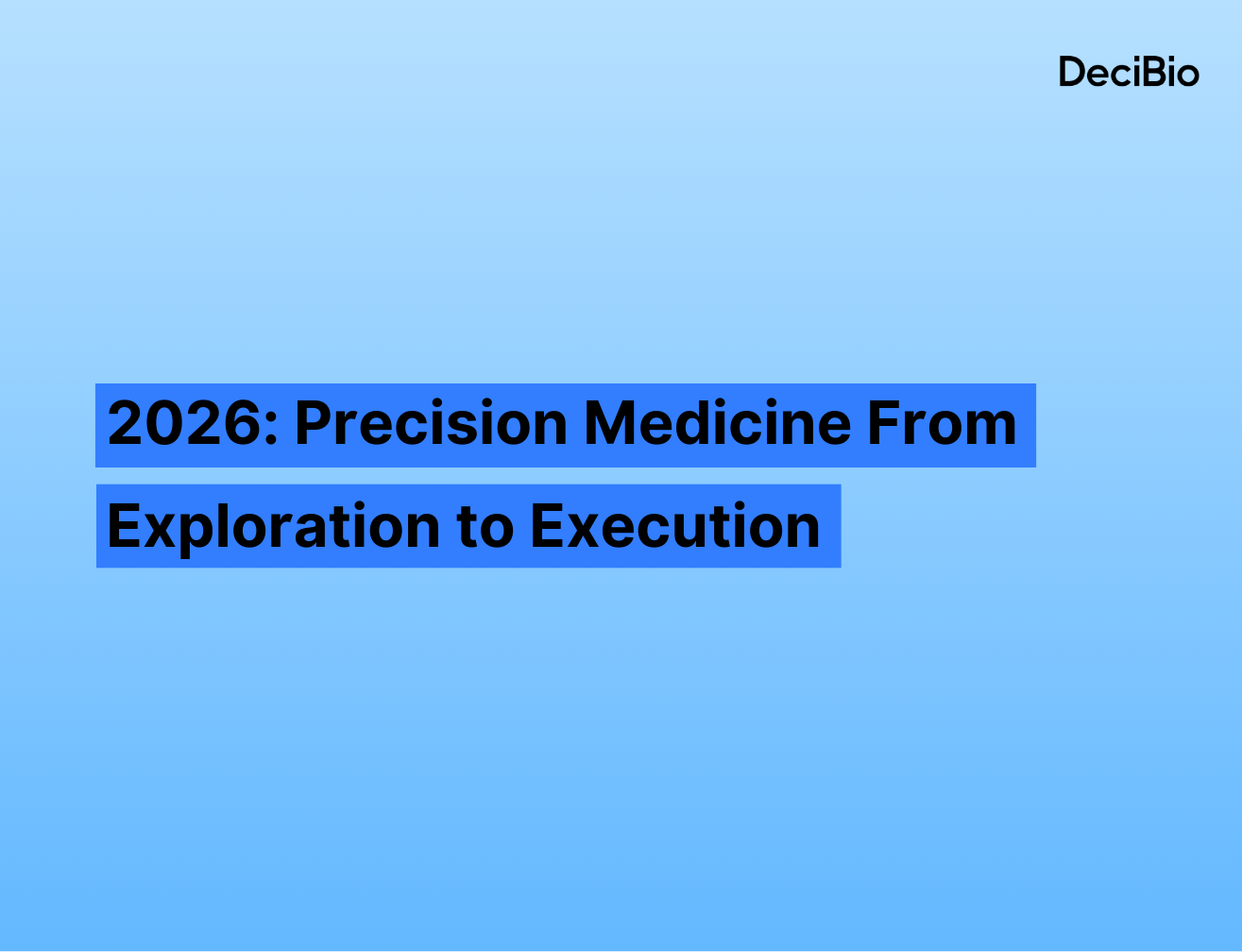It has been ~6 months since we last updated our partnership analysis as part of our Digital and Computational Pathology Report in May. Since then, we have identified ~40 new collaborations in the digital pathology space, primarily focused on integration, research, and clinical implementation. This brings the total number of new partnerships in 2023 to 80 (up from 63 in 2022). In this post, we will be looking back at the 2023 partnership landscape to understand what it might mean for 2024 and beyond.

Notes:
1. Company size corresponds with number of partnerships, link thickness corresponds with recency of the partnership (thicker lines are more recent; partnerships for which a year could not be established are set at minimum thickness).
2. Partnership activity was pulled from company websites and press releases and is based on publicly available information. Research collaborations that have resulted in pubs / conference abstracts but that have not been publicized as partnerships may not be included. Partnerships announced or referenced in the last five years were prioritized; older partnerships may be missing. Not all partnerships may be active and ongoing. Diagram is not exhaustive of all digital pathology partnerships.
3. Many companies have offerings spanning multiple product categories; the primary or most comprehensive product offering was used for node shading.
4. Incubators, accelerators, and investors were excluded.
5. There are additional pathology companies that have been excluded because they do not have digital pathology offerings. Partnerships with companies that are unrelated to digital pathology have been excluded.
6. Research consortia were generally excluded unless there were industry participants.
7. Stars on the icons designate a new partnership / collaboration announced within the past 6 months.
2023 Partnership Run-down
The first half of 2023 brought about a number of “multi-pronged” partnerships. These collaborations (often referred to as consortia or networks) aim to improve the DP workflow, facilitate data access, or drive clinical adoption by bringing together resources from three or more players. Given the complexity of the digital pathology landscape, it is no surprise that it often takes many collaborators to have a meaningful impact.
One such example is Owkin and Gustave Roussy’s PortrAlt Project, which is aimed at developing 15+ AI tools in collaboration with Tribun Health, CYPATH, and four hospitals (Unicancer, Centre Georges-Francois Leclerc, Universitatsklinikum Erlangen, and Charité Universitätsmedizin Berlin). Owkinand Nanostring also co-launched the MOSAIC initiative, with 5 partner research organizations (Gustave Roussy, University of Pittsburgh, Lausanne University Hospital, Universitatsklinikum Erlangen, and Charité-Universitätsmedizin Berlin) to create a multi-omics spatial dataset for cancer research. To address workflow integration challenges, Agilent, Visiopharm, Hamamatsu, and Proscia announced a partnership to create an end-to-end digital pathology solution. Similarly, Roche, Ibex, and Amazon partnered to streamline AI use and data storage. These partnerships are some of the first to tackle the disparate pieces of the DP workflow across the expertise of multiple (3+) companies in a unified way. Finally, within biopharma, AstraZeneca and Daiichi Sankyo announced that they are jointly working with Ibex to develop an AI-based HER2 Scoring algorithm for their HER2 drug portfolio.This partnership (and other pharma partnerships like it) have the potential to significantly move the needle on AI use in clinical settings.
Outside of these “consortia”, PathAI led the way with new partnerships, largely driven by their AISight early access program which has the goal of driving AI use across 14 partner labs (including NeoGenomics, TriCore, Celligent, and Cleveland Clinic). Paige, Pramana, and Proscia followed with five new collaborations each. Paige’s collaboration with Microsoft is multifaceted, with Microsoft serving as an investor, computing infrastructure provider, and pathology consultation network partner (via Nuance). Pramana saw continued adoption via partnerships with large institutions (Intermountain Healthcare, Caris) and integration via partnerships with Corista, Pathpresenter, and Gestalt. Lastly, Proscia also had public successes, integrating with AI algorithm developers DoMore Diagnostics and Mindpeak and partnering with PathGroup, who selected Proscia as their IMS.
Other new partnerships of note include Indica Labs and Lunit’s strategic alliance to integrate their solutions and Nucleai’s partnerships with Mayo Clinic and Adlai Nortye to drive drug development. Finally, many companies have continued to strengthen partnerships that had been previously established via continued placements (e.g., Ibex and Philips), deeper integration (e.g., Mindpeak and Paige), and ongoing research (many examples).
2023 Partnership Trends
Over the past ~2 years of tracking partnerships, one of the most common questions that arises is: “How do these partnerships actually affect the status of digital pathology adoption?”. Both industry stakeholders and users want to know whether these partnerships will move the needle or if they are simply marketing tools that carry little weight beyond the press release. While the initial press releases often get ample attention, the number of institutions that actually benefit from these relationships is seldom published. The absence of this information is a core challenge in discerning the true impact of these collaborations.
One method to track the “status of DP” is to look at how the types of partnerships have changed over time – and the data in 2023 is staggering. In every year that we have data, integration partnerships have been far and away the most common partnership type. These partnerships have been essential for developing an ecosystem that can support the varied needs of users and drive widespread adoption into labs that don't have “DP superusers”. While software / hardware integration remains the most common type of collaboration (~40% of all partnerships), partnerships for research / clinical implementation increased dramatically. In 2023, there were ~25 agreements that aimed at actual adoption and utilization in clinical or research institutions. This is up from just 9 in 2022 and accounts for >30% of all partnerships in 2023 (<15% in 2022, 2021, and 2020). The data suggests that DP may be reaching an inflection point – potentially the first of many. While DP is still far from universal, large academic centers and community hospital systems are publicly committing to DP implementation (and anecdotal feedback suggests they are beginning using it for clinical cases).

Lastly, ~50% of DP companies with at least one partnership had a new collaboration announced in 2023. Furthermore, the average number of partners for a digital pathology company is greater than 5.5 partners (up from~5 last year). Ongoing needs continue to emerge and partnership is a key tactic to drive brand awareness, address unmet customer needs, and facilitate research and adoption.
What lies ahead in 2024?
The digital pathology market will not be immune to macro-level market trends in 2024. Funding is tight and investors perceive some early-stage companies as over-valued (not specific to digital pathology). While acquisition is still a tall order for many of the players who took on funding in the last few years, the benefits that are expected to come from consolidation may win out in the next 12 months. We expect to see some of the larger fish (e.g., global pathology companies, leading enterprise companies) begin to evaluate software and AI companies for acquisition.
Additionally, we expect more partnerships between DP companies and leading academic medical centers that are aimed at the clinical adoption of DP tools. We expect to see these partnerships translate into broader digitization of whole groups or institutions for the purposes of primary diagnosis. Finally, we anticipate more non-DP companies entering the fold (think Guardant’s investment in Lunit, Caris’s partnership with Pramana), both on the lab side (driven by access to pathology slides) and enterprise software side (in an effort to address the IT hurdles and take advantage of economies of scale).
However, we have many questions that remain unanswered: How will biopharma incorporate DP into CDx programs? When can we expect reimbursement for slide scanning and algorithm use? Can low throughput clinical labs make a business case for full digitization? We will see what answers 2024 will bring.
Are we missing your partnership? Please reach out and let us know!
Explore these trends and more in our Digital and Computational Pathology Report.
Note: These partnerships were captured as of December 6th.








